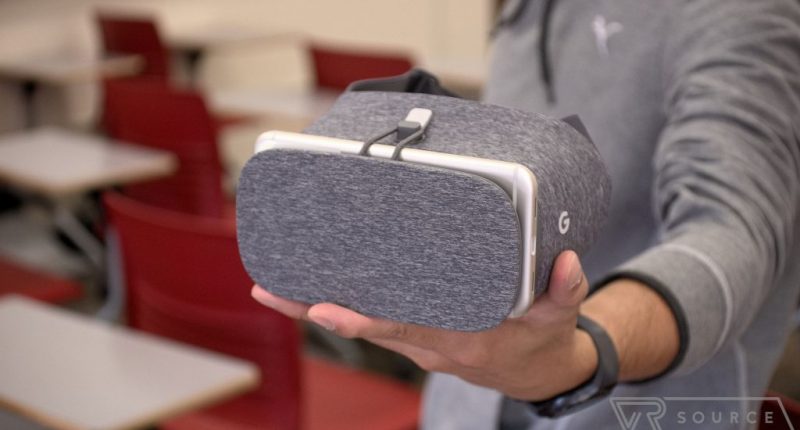The metaverse has become a concept that has rapidly grown in the space of a few months. The fact that it is heavily reliant on AR and VR technology has seen many companies intensify their focus on this sector. Now, Google is working on a new AR headset of its own, and, if things grow according to plan, it could start shipping in 2024.
The new AR headset, codenamed Project Iris, will be Google’s answer to Apple and Meta. While Meta was the one who first brought the metaverse into the international arena, Apple has been working on its AR headset for quite some time. Sources familiar with the development have indicated that the headset will resemble ski goggles and will not “require a tethered connection to an external power source.” It is being developed at a facility in the San Francisco Bay Area and will run on battery.
Project Iris is a very tightly kept secret inside Google – only authorized people are allowed to enter the building where it is in progress, and employees who are working on the project had to sign non-disclosure agreements by Google. Around 300 people, including some from Pixel’s team, are working on it, and the team is led by Clay Bavor, vice-president at Google Labs. Bavor reports directly to Google CEO Sundar Pichai.
The team also includes Scott Huffman from the Google Assistant team, Shahram Izadi, ARCore manager, and Mark Lucovsky, former in-house OS lead at Meta.
Currently, the headset is still in its early stages of development, but we do know that it is powered by a custom Google processor and runs on Android. However, it is also likely that we will see a new OS on the headset when it rolls out in 2023. It will use outward-facing cameras to blend computer-generated graphics with a video feed of the real world in order to create a more immersive, mixed reality experience for the user. Additionally, internet connectivity might be used to beam remotely rendered graphics directly to them through Google’s data centers.
The Tech Portal is published by Blue Box Media Private Limited. Our investors have no influence over our reporting. Read our full Ownership and Funding Disclosure →






